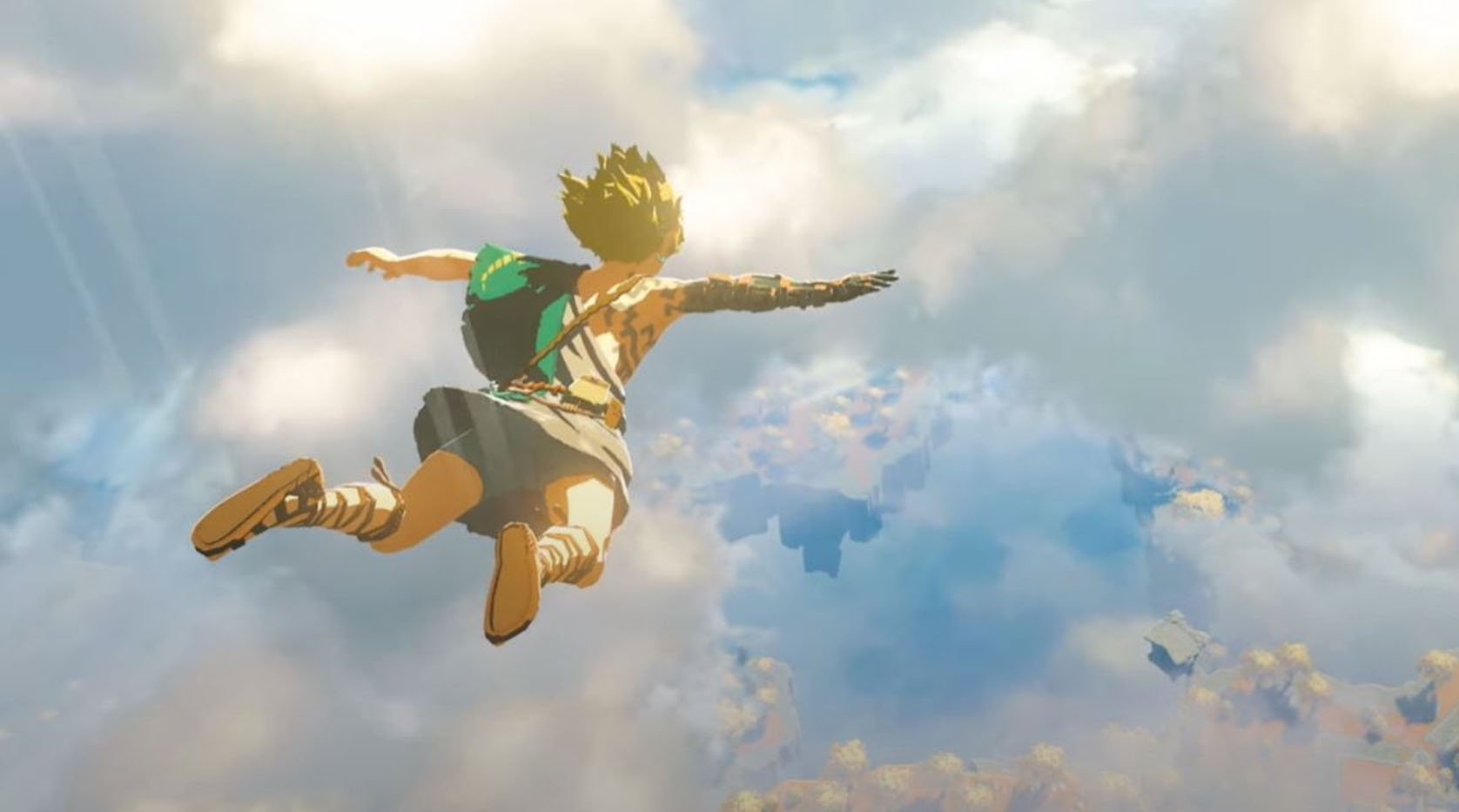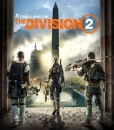During the early 90s, Nintendo and Sega were in steady competition. But whether anyone preferred the NES library of games or the Sega Genesis games was a matter of opinion. However, the debate among fans and Sega's marketing campaign came down to one simple fact: The Genesis was 16-bit, while the NES was only 8.
This started a trend I like to call "The Bit Wars." Nobody ever talked about bits before then, and nobody ever talked about bits since, and what are bits anyway?! Nobody knew, they're just bits! Try explaining that to your parents. "Ooh, I want a Super Nintendo for Christmas!" "Don't you already have a Nintendo?" "Yeah, but this one's 16-bit!" "What's that?" "Er... I dunno!" Other than it meaning the graphics were better, that's all we cared about. But the Bit Wars brought our sense of gaming down to numbers. People began to care more about the graphics and less about the actual gameplay. It was to the point that some consoles even used the number of bits in their name, like the TurboGrafx-16 and the Nintendo 64.
But in 1993, one console came along to remind us that bits aren't everything. It was the Atari Jaguar, and it was announced as the first 64-bit game system. We were like "Damn! 64?! That's like, four times the bits!" Even the official advertising slogan said "Do the math."
This caused a lot of debate amongst gamers whether or not it really was 64-bit. It's a topic that usually overshadows the Jaguar itself, but it's something we just need to get out of the way.
Well, we do know that Atari was originally planning a 32-bit system called the Panther, but decided to skip it and leap ahead. The Jaguar still used a 32-bit graphic processing unit, but through a combination of other processors somehow added up to 64. It's technical and confusing. But the point is the Jaguar was a rare species, not built like most game consoles. That made it harder to program games on it and as a result, many games didn't utilize its full capabilities, whatever they could've been.





















